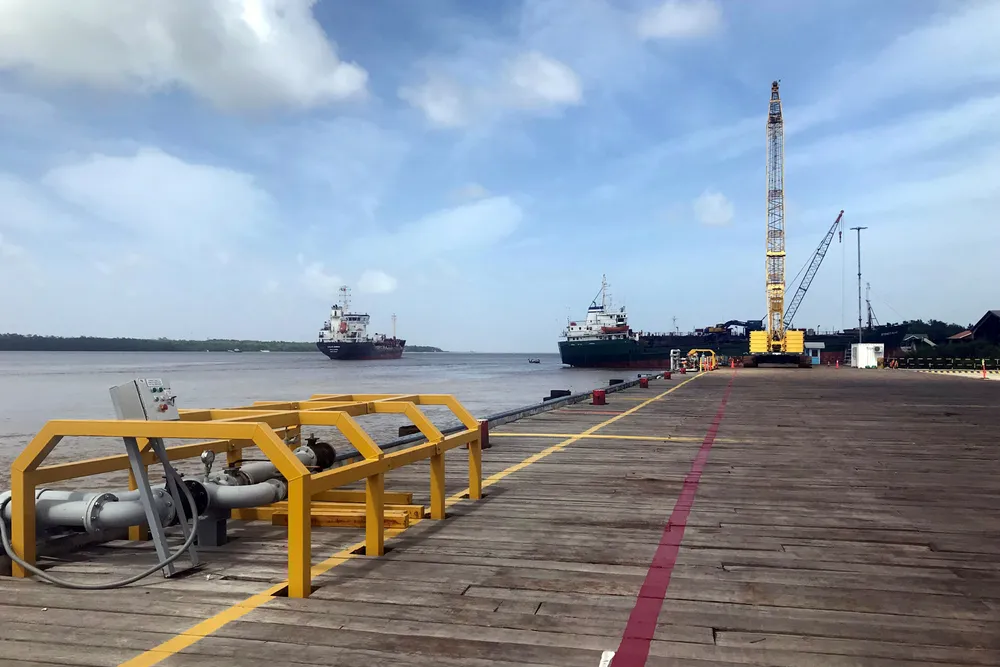Local capacity and logistics the next big challenge for Guyana and Suriname
Guyana has made progress in building up capacity for serving its offshore fields, but Suriname's arrival on the scene could offer more scale

Guyana has made progress in building up capacity for serving its offshore fields, but Suriname's arrival on the scene could offer more scale
